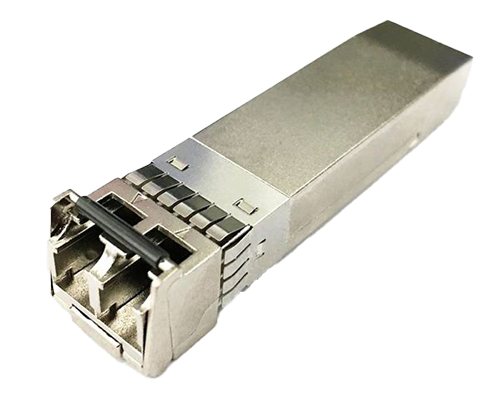• AX64
• AX Center
• Core 256
• AX32*
• Penta 720*
• Penta 721s Series*
* Requires a firmware update.


SFP Optical Module, Multimode, 1300nm low output LED
$189.00
DADlink is a new proprietary audio and data format that establishes a super-fast highway between DADlink-compatible units such as AX64, AX Center, Core 256, AX32, and more. Depending on the samplerate, you can transfer up to 128 bidirectional channels between units at zero latency.
Samplerates from 44.1kHz to 384kHz are supported, and the dynamic range is a staggering 237 dB, ensuring a fast and reliable transfer at the highest audio quality imaginable.
In fact, DADlink is not only the fastest track from DAD to DAD units, as some units by NTP Technology are also compatible with the DADlink format.
• AX64
• AX Center
• Core 256
• AX32*
• Penta 720*
• Penta 721s Series*
* Requires a firmware update.

The DADlink format supports the following samplerates: 44.1kHz, 48khZ, 88.2kHz, 96kHz, 176.4kHz, 192kHz, 352.8.8kHz and 384kHz. The maximum number of bidirectional channels to run via DADlink depends on the samplerate you are using – lower samplesrates equals higher channel counts.
• 44.1kHz / 48kHz = 128 ch.
• 88.2kHz / 96kHz = 64 ch.
• 176.4kHz / 192k = 32 ch.
• 352.8.8kHz / 384kHz = 16 ch.
Over several decades, we have kept a very high standard when it comes to sheer audio quality. It all started with pristine AD/DA converters, and if you use a DADlink connection it means that you have already passed your analog audio signals safely and completely unspoiled into the digital domains through our high-end A/D converters.
Within the digital domain, the transfer resolution via DADlink is happening at 28bit floating point, which adds another 96 dB of headroom for a total dynamic range of 237 dB.
Further, also to preserve your valuable audio quality across independent units, phase alignment is applied within the system delay. Normally, this is set to 7 samples, but you can increase it for larger systems.
DADlink transfers happens at zero latency. Of course, there will always be some measure of latency, but it has been widely accepted that e.g. 42 microseconds – or 2 samples – latency on the MADI format is referred to as ‘near zero latency’.
Therefore, we are now going all in ans just saying ‘zero latency’, as DADlink provides <100 nanoseconds of latency. This translates to 0.005 sample at 48kHz – or 400 times faster than on a MADI connection.
Further, the DADlink format ensures transparency for audio time stamps across DADlink-connected units.

You can see the DADlink format as a digital audio signal extension that connects directly into the ‘belly’ of the digital processing system of a DADlink-compatible unit.
Since it is a proprietary format, we know every detail and corner of the systems on both sides of the connection, which is how we are able to minimize the latency and keep all aspects of the audio quality at a maximum.
Internally in all DADlink-compatible units, there is a system providing a 100% phase-accurate presentation of audio signals on the outputs regardless of the actual routing and processing path established in a unit via routing or monitor control, summing and SPQ.
This system relies on all input signals being provided with a time stamp when sampled, and each output interface having a buffer system, which aligns the signal to the same latency equal to the system delay, which you can set via the DADman control software. Normally, this means 7 samples (145 microseconds at 48kHz, 72,5 microseconds at 96kHz, etc.).
When you use DADlink as the connection between one or more units, this mechanism is preserved, including full-signal resolution and support for all sample rates.
In systems with more units interconnected, one unit should be the clock master and the other units need to synchronize to the DADlink input in order to assure that all units has the same clock and time stamp reference. This is automatically distributed between all units via the DADlink connection.

On the physical side, the MADI Module slot on any DADlink-compatible unit can be fitted with (optional) SFP modules on optical connectors with the following specs:
Optical: 850nm or 1300nm (or other wave lengths), 1000Base types. Single mode or multimode depending on optical fibers used.
Once the physical connection is established, you simply need to carry out the final step in the DADman control software: